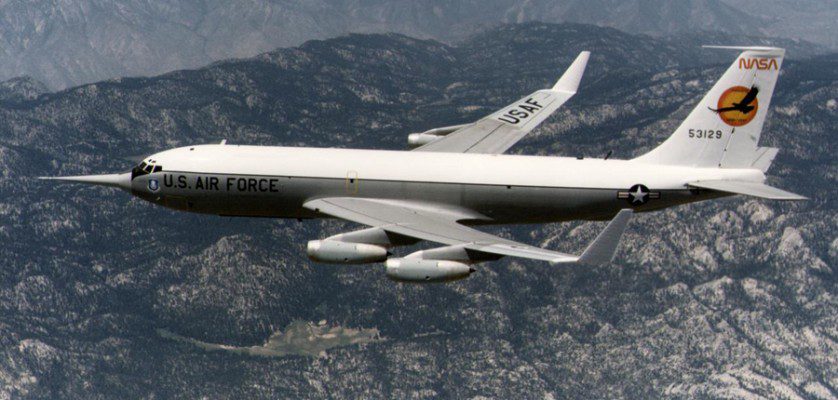
Forty-four years ago this July, NASA began testing a technology that would become one of the agency’s most visible and beneficial contributions to commercial aviation — winglets, the upturned ends of airplane wings.
Inspired by the way birds curl their wingtip feathers upward, this innovation was developed by NASA’s Langley Research Center in Langley, Virginia. After testing this design in wind tunnels there, winglets proved to be effective in flight tests at what is now NASA’s Armstrong Flight Research Center at Edwards, Calif.

Winglets are designed to operate in the wingtip “vortex,” a whirlpool of air that occurs at an airplane’s wingtips. This whirlpool of air spirals back behind an airplane, resulting in drag. Winglets reduce that energy loss by stemming airflow down the wing and decreasing those wingtip whirlpools. By reducing wingtip drag, fuel consumption goes down and range is extended.
On July 24, 1979, the first winglet test flight took off from NASA Dryden Flight Research Center, now NASA Armstrong. The test program was a joint effort between NASA and the Air Force, which supplied the KC-135 Stratotanker aircraft, a modified version of the Boeing 707 jetliner. Over the course of 48 test flights, winglets proved to reduce wingtip drag, increasing fuel efficiency by 6 percent to 7 percent.
Winglets began appearing on commercial and business jets in the early 1990s. Since then, winglets, seen on roughly 10,000 jets, have saved over 10 billion gallons of fuel, and have reduced CO2 emissions by over 130 million tons.
